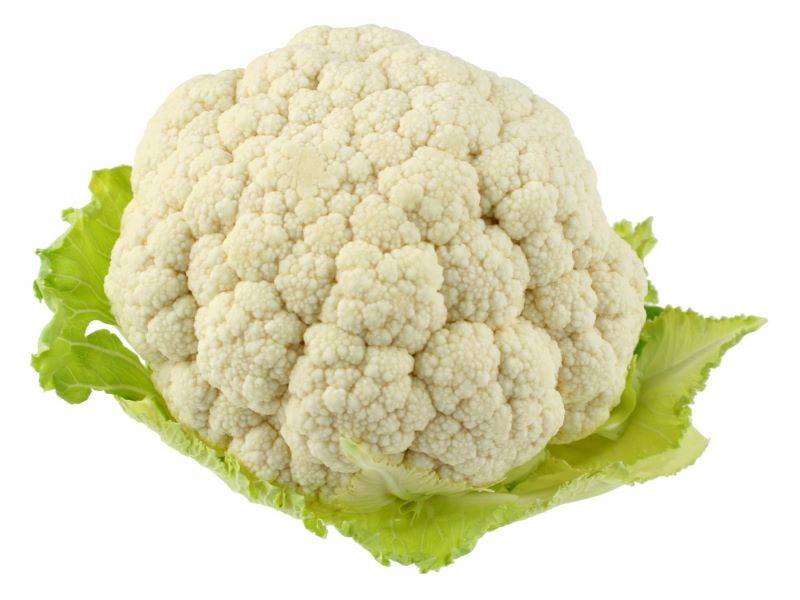
The Monsoon has brought joy to the farmers as not only has it arrived on time but it has also brought more than average rainfall with it which will be quite helpful to increase the agricultural production
The month of August is approaching and the month is synonymous with many vegetables that are grown in this month like Carrot, Beans, Beet, Turnip, and Cauliflower.
Cauliflower is one of the most consumed vegetables across the Indian subcontinent. It is said to be highly nutritious has many health benefits.
Climate:
Cauliflower is considered to be a vegetable of the cold weather and though some early varieties are grown in May the majority of the production is done Between September and February.
The crops require moisture and grow best at a temperature ranging around 20-degree Celsius
Soil Requirements:
Though it can grow in any soils loamy soils are generally preferred because they have moisture which is suitable for its growth. Acidic soils are not preferred as they are deficient in magnesium which is required for the crop to grow. The Ph of the soil should be between 2.5 to 6.6 for the optimal growth of the vegetable.
Sowing
The usual time for sowing of seeds in the nursery is August for the main variables which are usually harvested in the winter season. Though the early season varieties are grown from May onwards majority of the production happens in August.
The nursery size depends on the size of the field with a 100 sq meter area sufficient for a hectare field. One should use 250 kg of Farm Yard Manure and mix it with sand.
Lands with clubroot diseases should be avoided. Seeds should be kept at a distance of 10 cm and should be aligned in a line spacing manner and the distance between rows should be 2cm.
The nursery should be provided with proper irrigation from time to time and fungicides should also be used to prevent it from contracting any disease.
The process takes over a month after which the seedlings are ready to be transplanted.

Field
The land should be tilled with furlough to establish a space of 60cm between the seedlings to provide it with proper space to grow.
The seedlings should then be transplanted into the field at a distance of 45 cm from each other.
Harvesting:
After the sowing, it takes anywhere between 90-120 days for the crop to fully grow. During this period the field should be irrigated once a week.
The cauliflower should be harvested when the size of the head is between 6 to 8 inches and the buds The cauliflower should be cut with a knife at about 3 inches of stem to keep the florets intact. The vegetable, the mature vegetables should be immediately stored as the chances of it getting rot is high.
The vegetable can be stored at a temperature between 0 to 4 degrees Celcius for 4 weeks without losing moisture and texture.
Varieties of Cauliflower
There are several varieties of cauliflower that are grown in the country.
However, there are some famous varieties:
-
Pant Shubhra:Developed in the 1980s it is fit for all India cultivation It is characterised by its outer erect leaves. Though an all India variety it is advised that it be grown in Northern India.
-
Pusa Deepali: Developed by Indian Agricultural Research Institute,(IARI) Pusa this variety is recommended to be grown in Northern India. It is an early maturing variety that is mid-sized in shape. This variety is sown between May to June and is harvested in October.
-
Pusa Synthetic: Developed by IARI, Pusa in 1975 this variety is considered most suitable for the Indo-Gangetic plains. The curds are white and the plants are narrow. The variety is sown in September and is harvested around January.
-
Pusa Snowball:Formed by combining two varieties of cauliflower the Pusa Snowball is characterised by tight heads, upright leaves, and takes 120 days to mature. The variety is resistant from Curl blight black rot and aphids.
-
Pusa Snowball K-1:Developed by IARI regional station at Katrain in Kullu, Himachal Pradesh. This variety is resistant to many diseases like the Root borer and Yellow Vein Mosaic Virus and retains its shape and texture even if the harvesting is delayed.
















